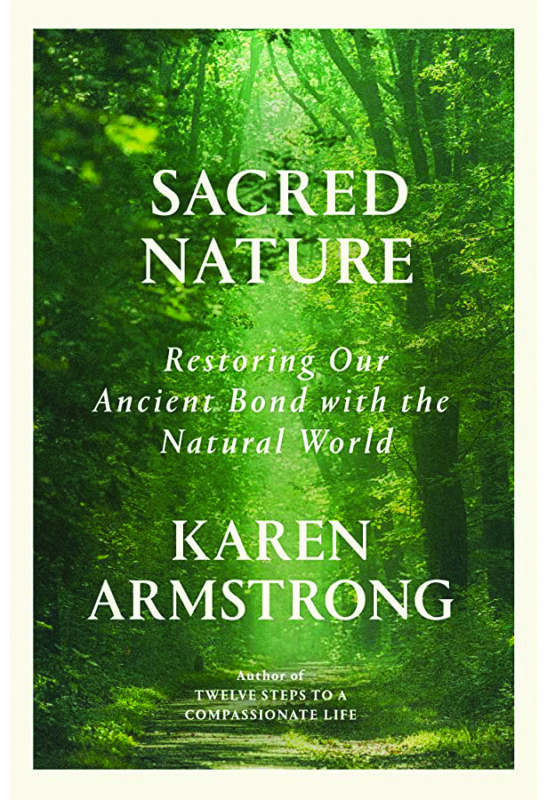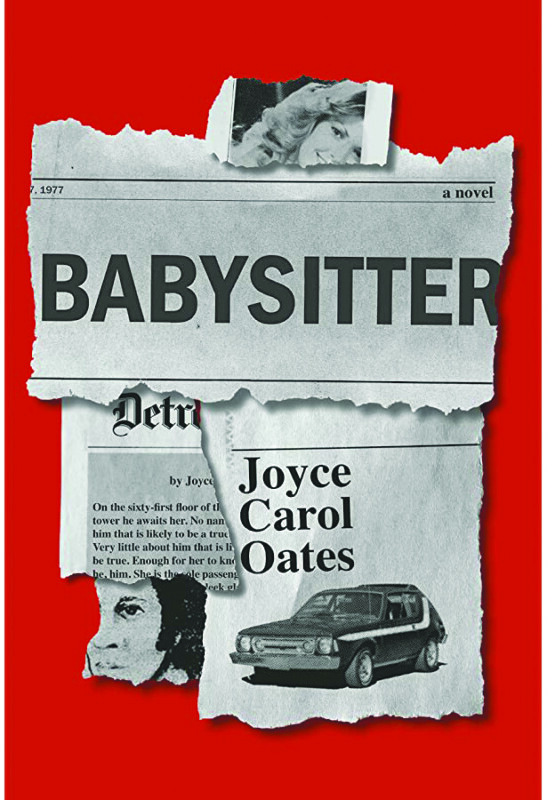Leech, by Hiron Ennes (Tordotcom, 336 pages)
If you’re looking for gothic fiction, horror spiced up with adventure, LGBT representation or just plain good writing, check out Hiron Ennes’s debut novel, Leech. Fair warning: This novel is packed with spookiness, body horror and psychological dread. Upsetting things that happen in this book that make it appropriate only for older teens and adults, like murder and rape. A few times I had to put the book down and felt my skin crawl (or I was delightedly disgusted).
Anyway, I liked Leech quite a bit! I was immediately hooked by the first few pages. You follow the narrator, a doctor traveling to a haunted château in a remote alpine town to investigate the death of their colleague. When a string of hideous discoveries threatens the doctor’s existence, their control of the situation and themself unravels. It’s later revealed that the main characters are not the people you were at first led to believe they were.
The story has good pace; each chapter ended with a discovered secret or new information that underscored the horror and kept the plot surprising. As the reveals pile up, you slowly learn more and more about the narrator, their relationship to the denizens of the château, and what secrets they keep hidden.
The writing is heavily erudite and had me reaching for a dictionary even more often than Seth Dickinson’s The Traitor Baru Cormorant. I wrote down more than 50 terms to double-check. Many of these are medical or scientific, like “atrophic,” “hyphae,” and “enucleated.” The obscure vocabulary sometimes distracted me (if I bothered at all to stop and discover its meaning), but I also think that the vocabulary supports the narrator’s character as an overly educated doctor. Regardless of that, the writing was obviously talented and enjoyable on its own.
The setting is a post-apocalyptic steampunk-ish version of Earth orbited by the pulverized chunks of a destroyed moon and beset by natural disasters like earthquakes and hurricanes that are as normal as the weather. Some of the details felt a bit disjointed when put together. Why was it mentioned that one city is paved with ruby bricks? This didn’t turn out to be important. Nevertheless, other elements of the setting well support the genre and themes. The very landscape seems to haunt humanity for its past transgressions, isolating modern society into a huddled clan terrified of science, the sky and the unknown. Fantastical elements such as the mineral wheatrock used for fertilizer, the arctic cryptids called the ventigeaux, and the native Montish with their black eyes give the novel a mystical feel like a fairy tale or myth.
The plot was always exciting and the reveals unexpected, sometimes putting me on the edge of my seat. I was caught off guard when the narration changed focus to different characters midway through the novel, and the genre took a swing toward hopeful adventure, fast-paced, full of danger and action. The uplifting final act was a sweet way to wash out the doom and gloom from earlier. My only critique is that the very ending was a bit abrupt and open-ended for my taste.
In Leech, some characters suffered, some heroes became the villains, and others got the second chances they deserved. This novel’s horror lightened by relief, clever writing, and compelling characters made it an enjoyable read. Give Leech a shot for a spooky Halloween! A-
— Alaina Tocci






